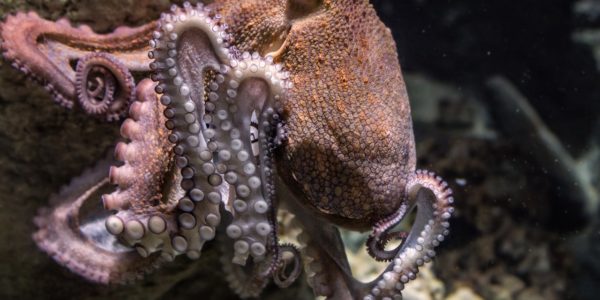There are plenty of great engineers out there, but none as good as nature. Swimming, flying, running, jumping — nature has perfected it all. Evolution has provided billions of years of trial and error to produce organisms that are perfectly built to perform specific tasks. That’s why engineers look to nature as a resource in robotics. It makes sense; nature has done all the legwork.
Biorobotics
Biorobotics is all about building robots that mimic biological organisms. While this subtype of robotics could lead to a really cool robotic zoo, it is also an efficient and effective way to engineer a robot. If an engineer wants to make a robot that can run on four legs, they might look at the way a cheetah moves and how it is built. This gives the engineer a guide for where to start in the design process rather than spending months or years trying to design something that already exists in nature.
The Technion institute developed a robot that mimics the movements of a snake. Snakes are capable of moving over any terrain and their low profile allows for them to move in narrow and confined spaces. This snake robot is designed for use in surgeries and search and rescue missions.
Just as classical painters studied living animals in order to better understand how to paint them, engineers study biological organisms to better understand how to build robots.
Robotic octopi
Recently researchers have been observing the all too amazing octopus. These incredibly intelligent animals have offered a wealth of inspiration in robotics including a potential application in soft body robots.
Despite all of those suction cups on their long and flowy tendrils, you never see an octopus stuck to itself or knotted up like a pretzel. That’s because they have an aversion for attaching to or touching their own skin. Researchers believe that there is a chemical in octopi that inhibits them from attaching to themselves. That’s why the squishy non-stick sea creatures can cram themselves into confined spaces and reform themselves once they reemerge.
If that chemical can be isolated, it could be applied to soft robots which, like an octopus, can squeeze themselves into smaller or elongated shapes and reform.
We can probably all think of a situation where that would be useful.
